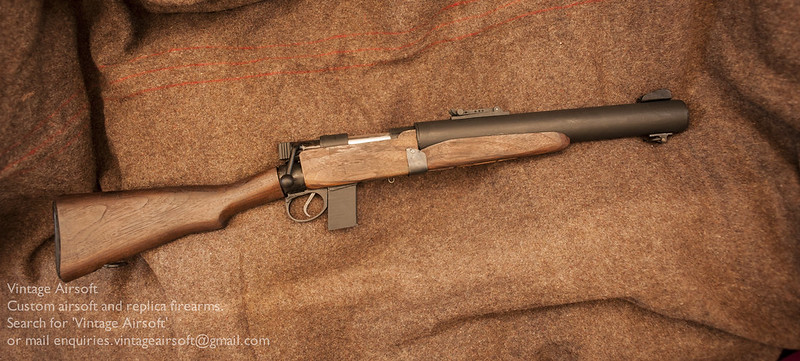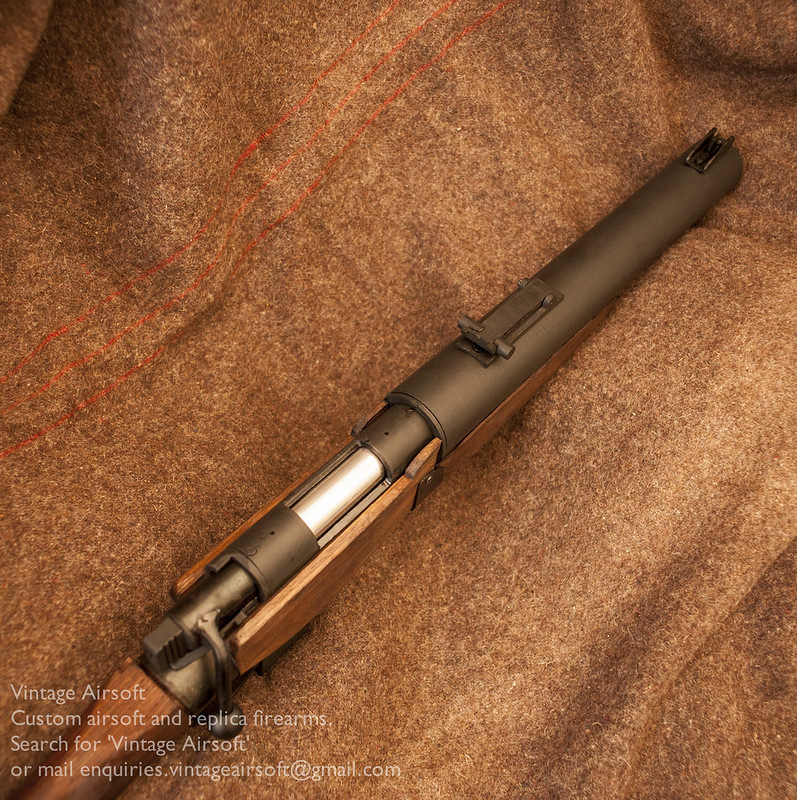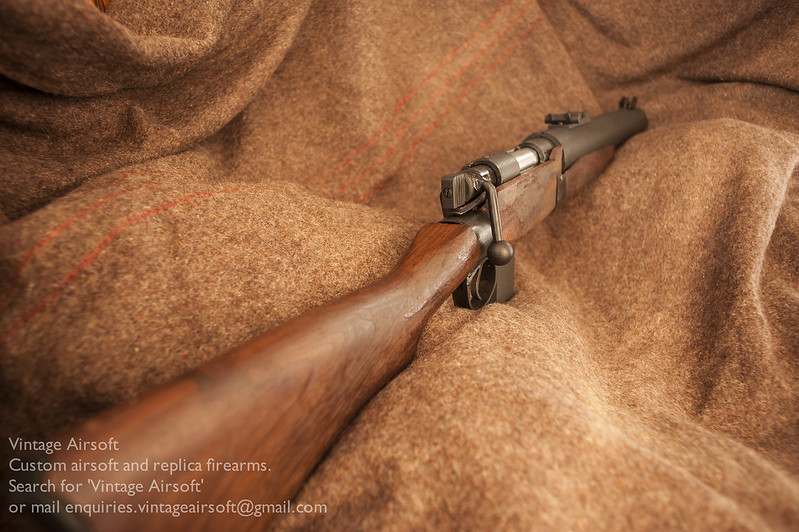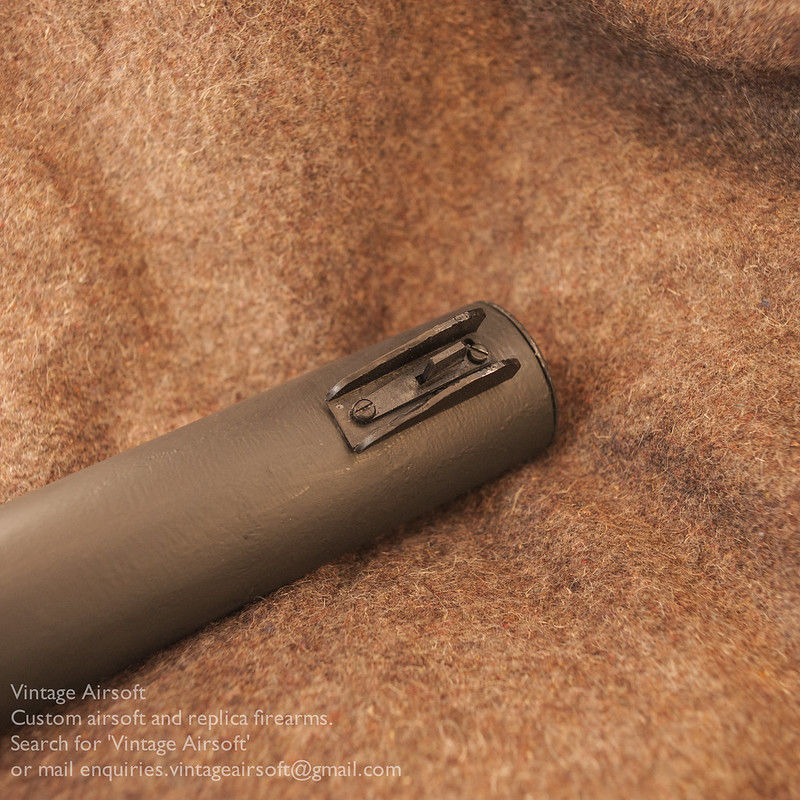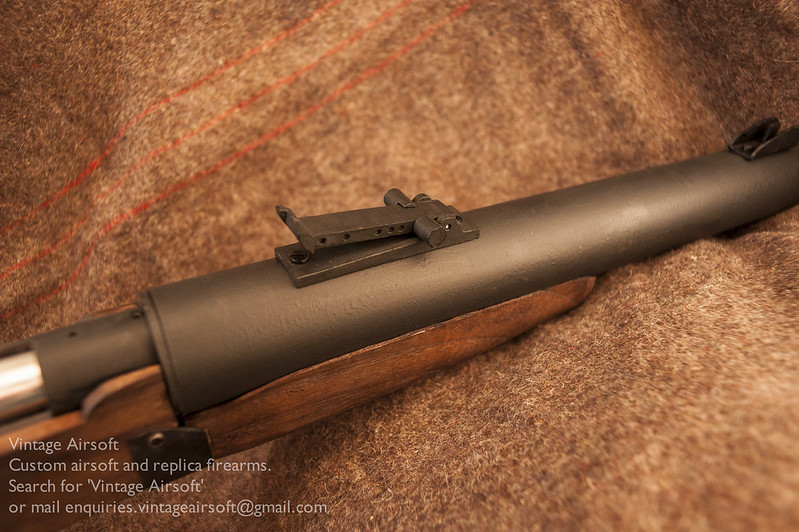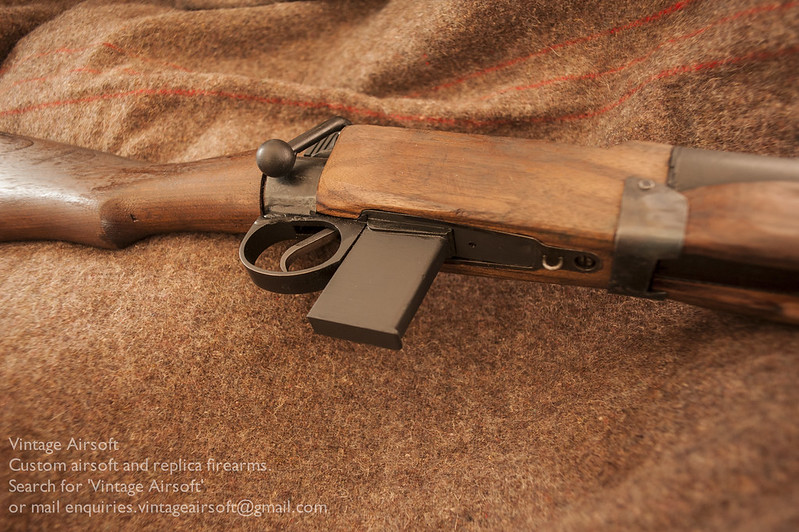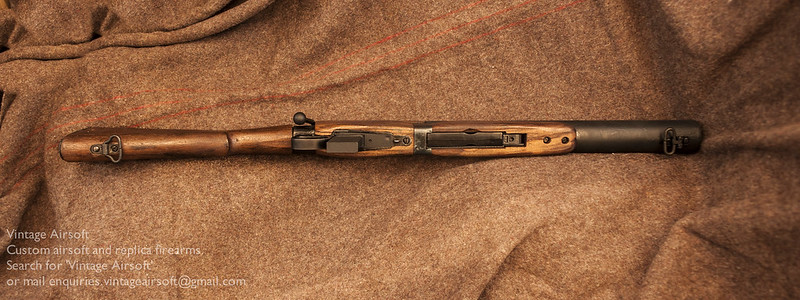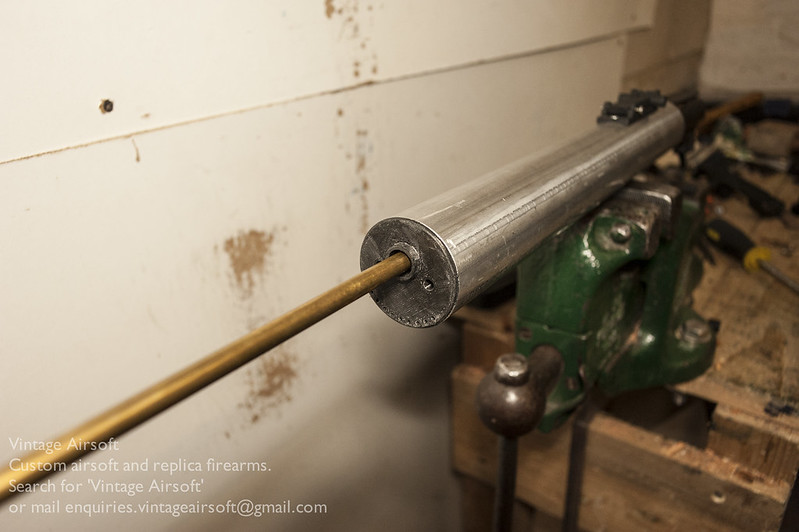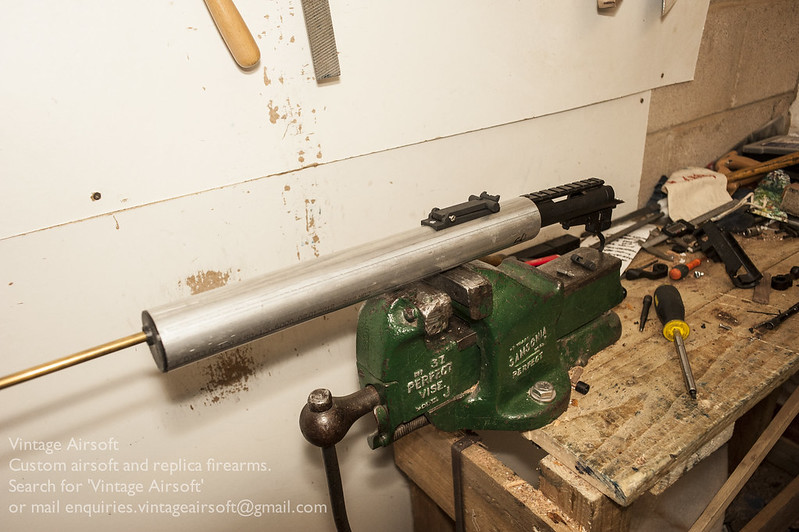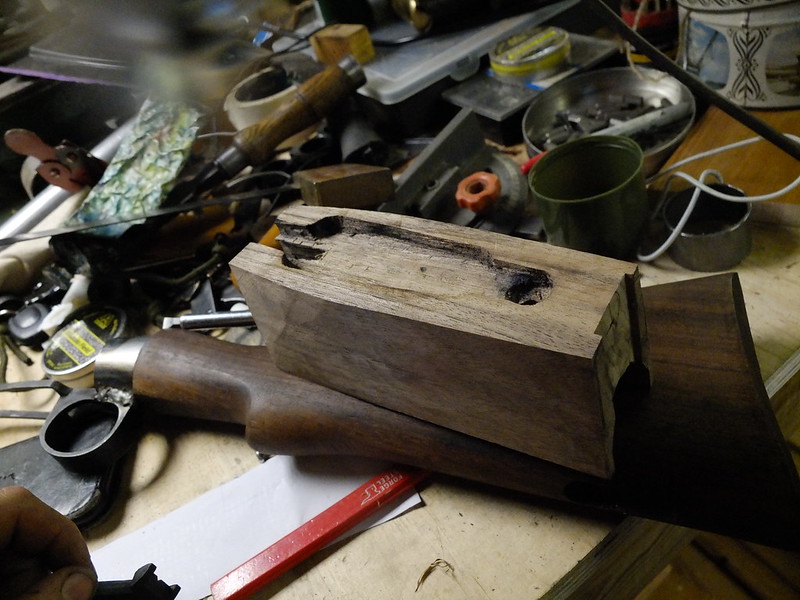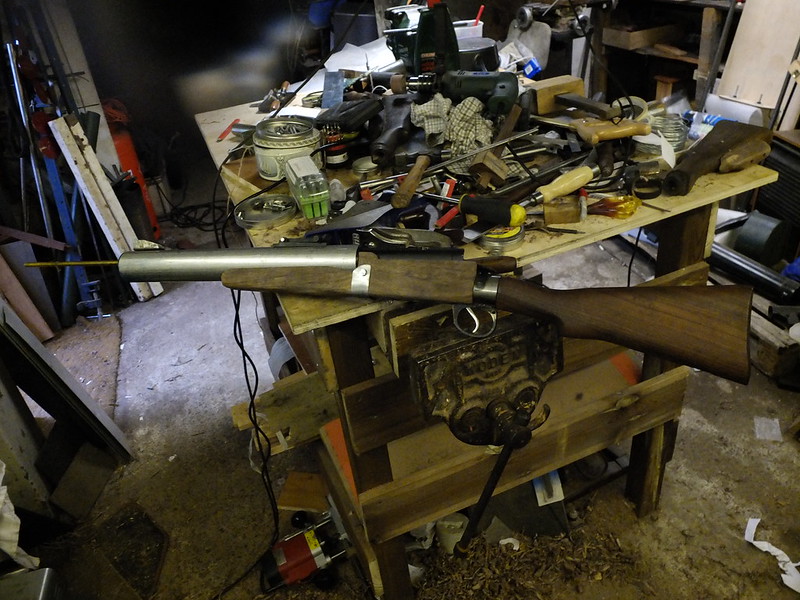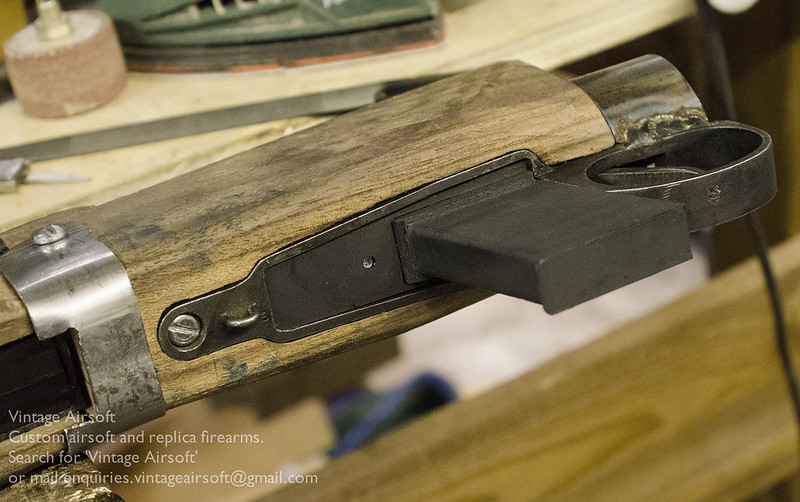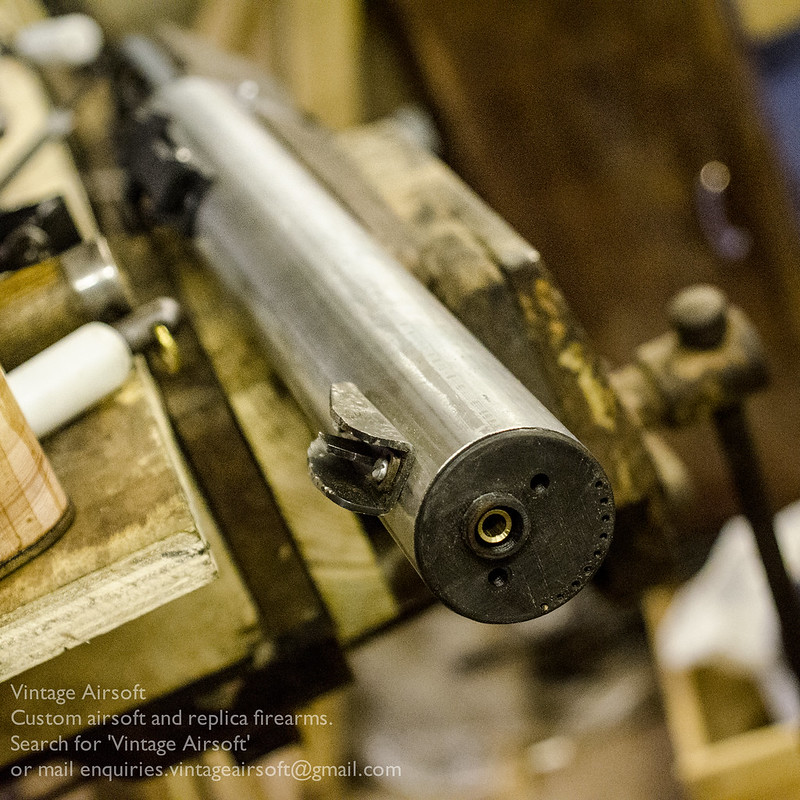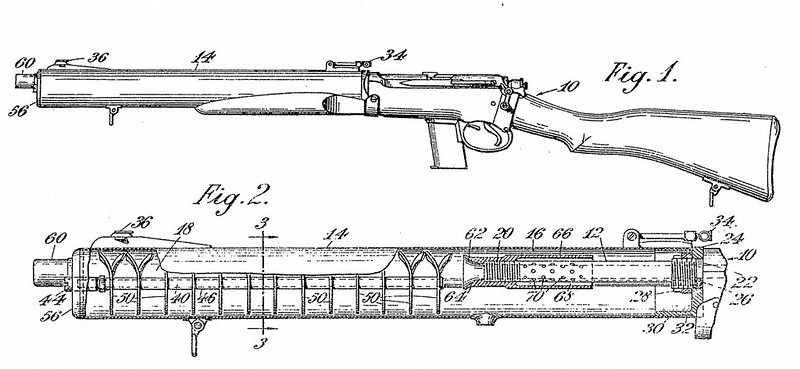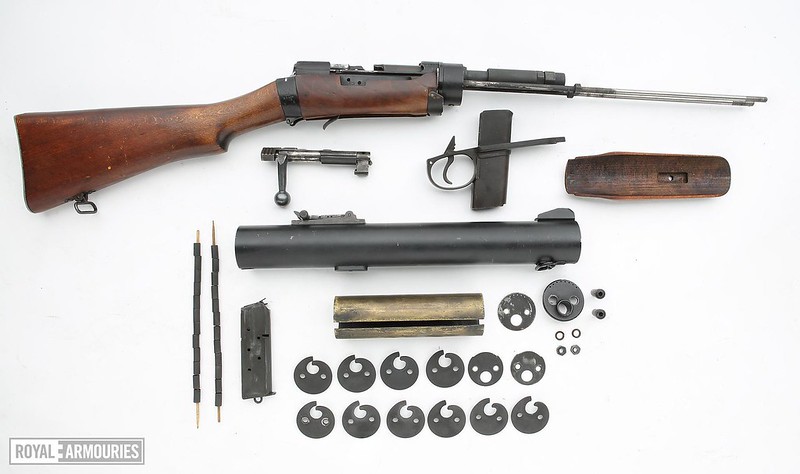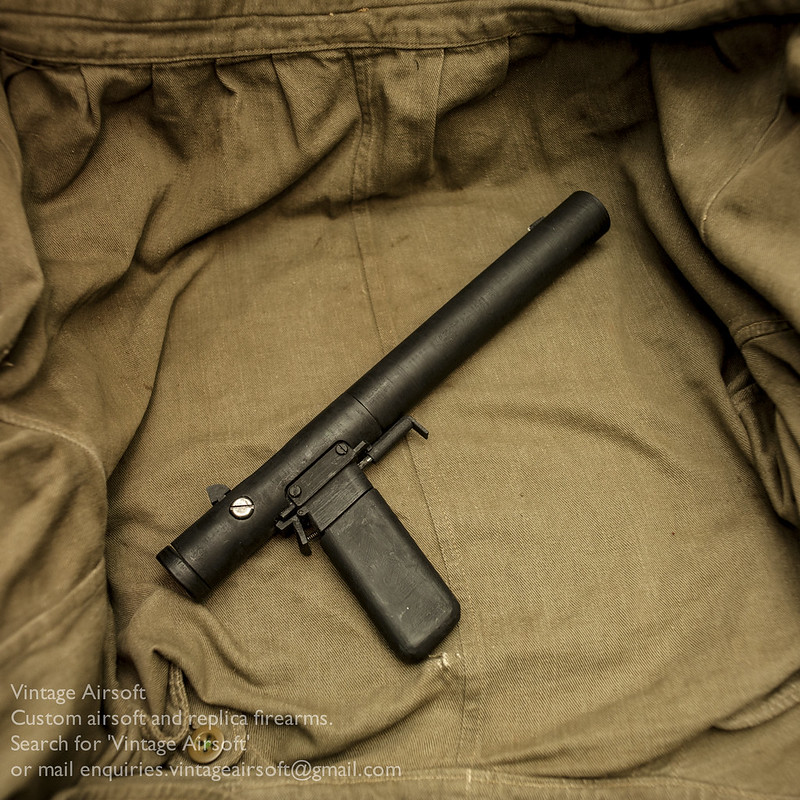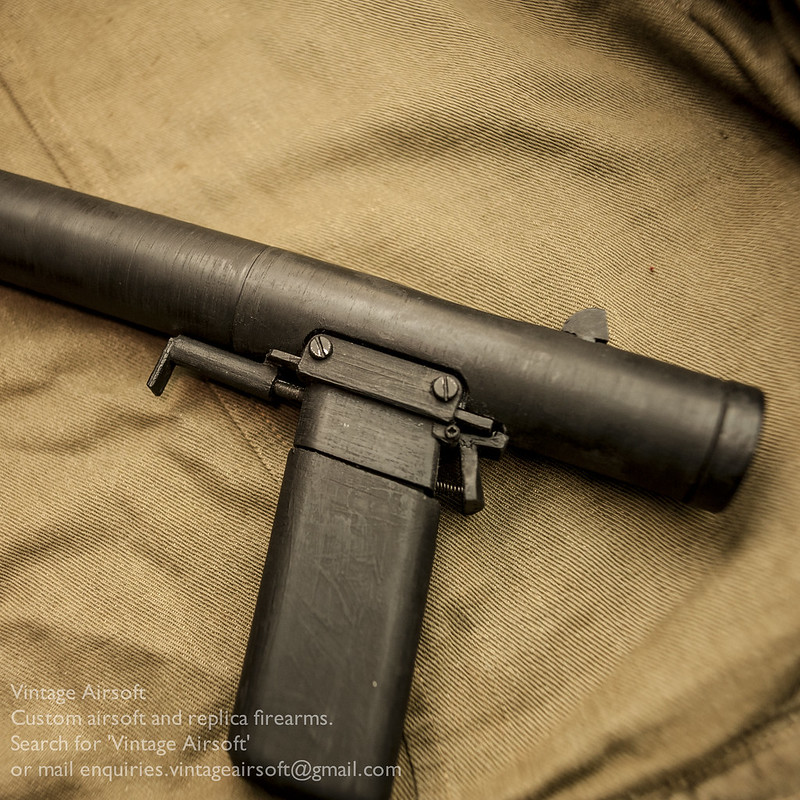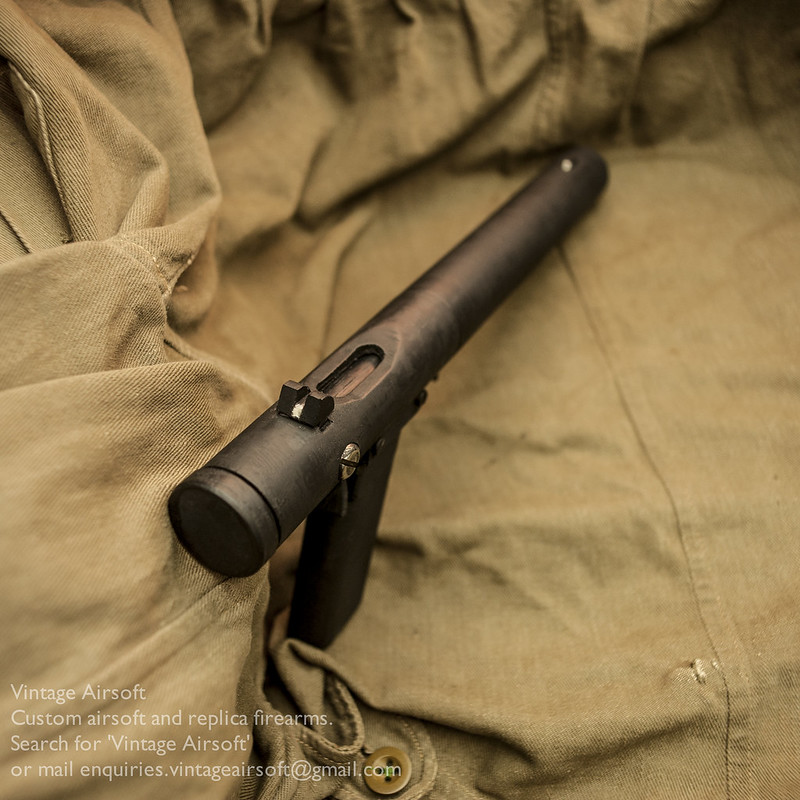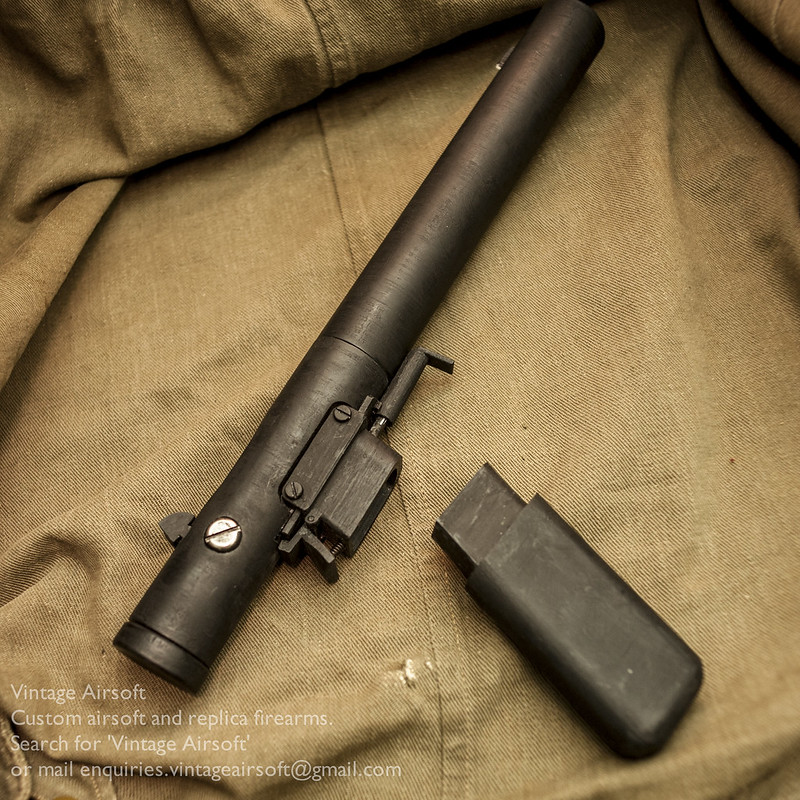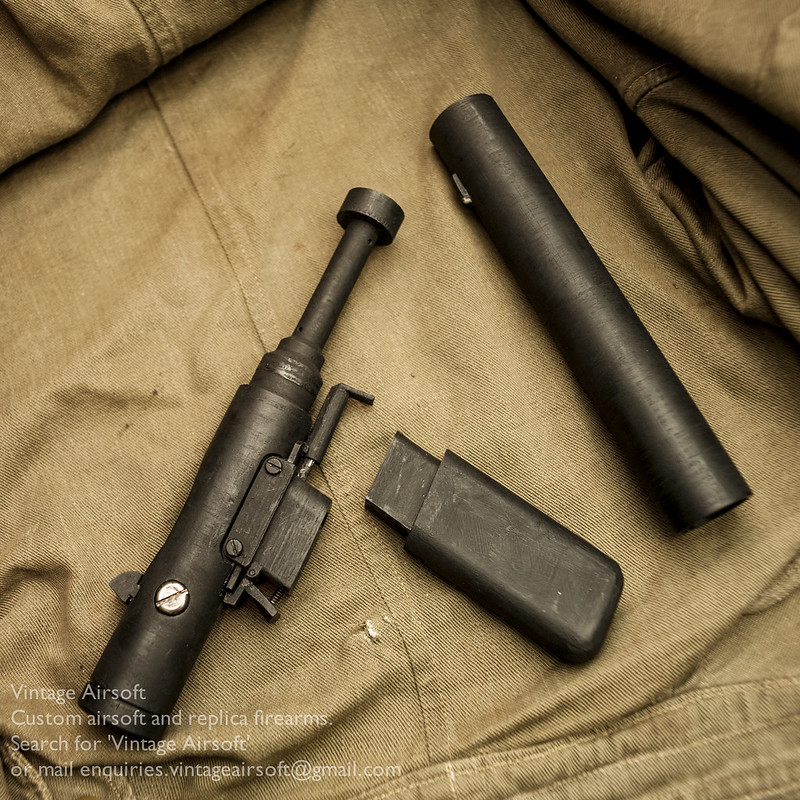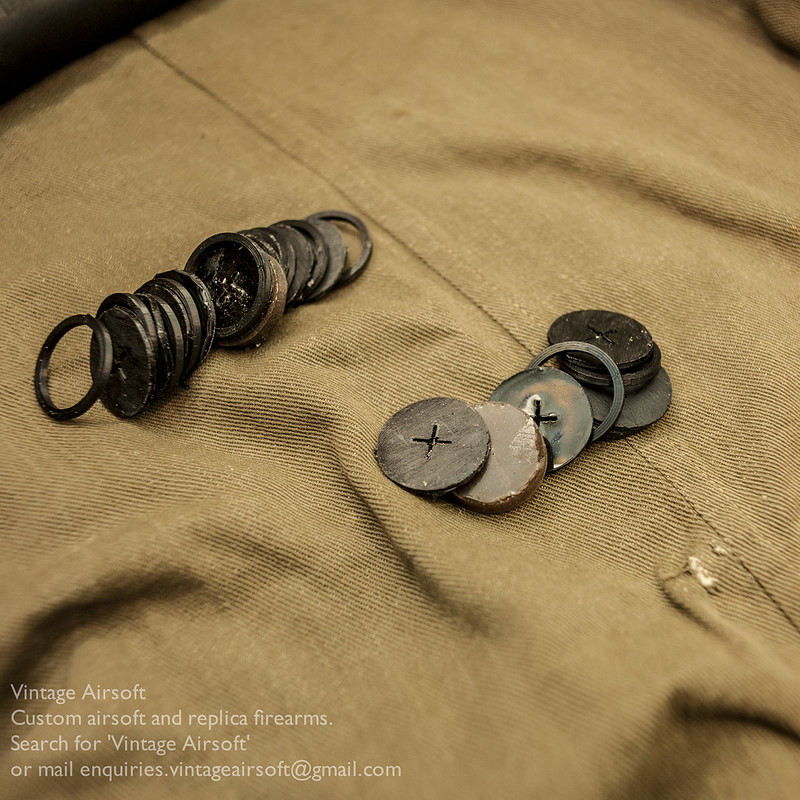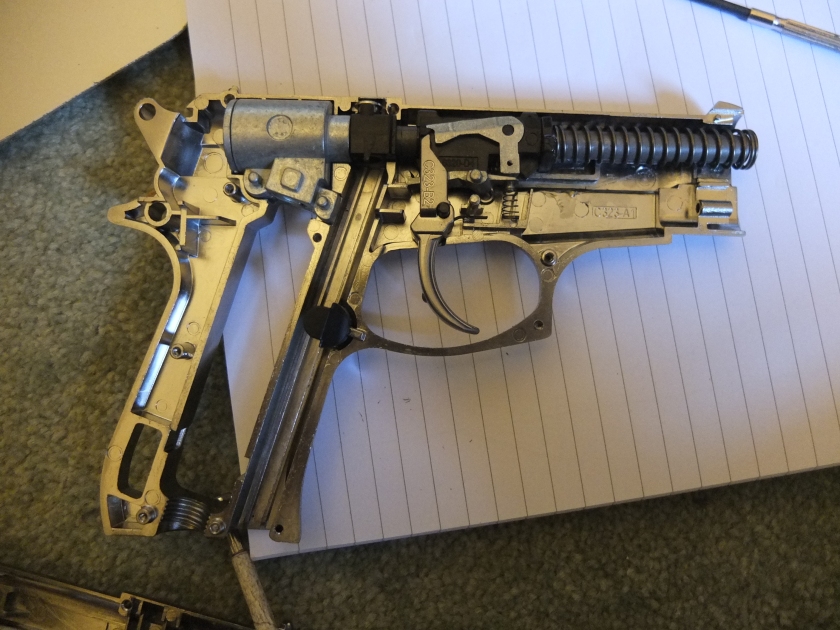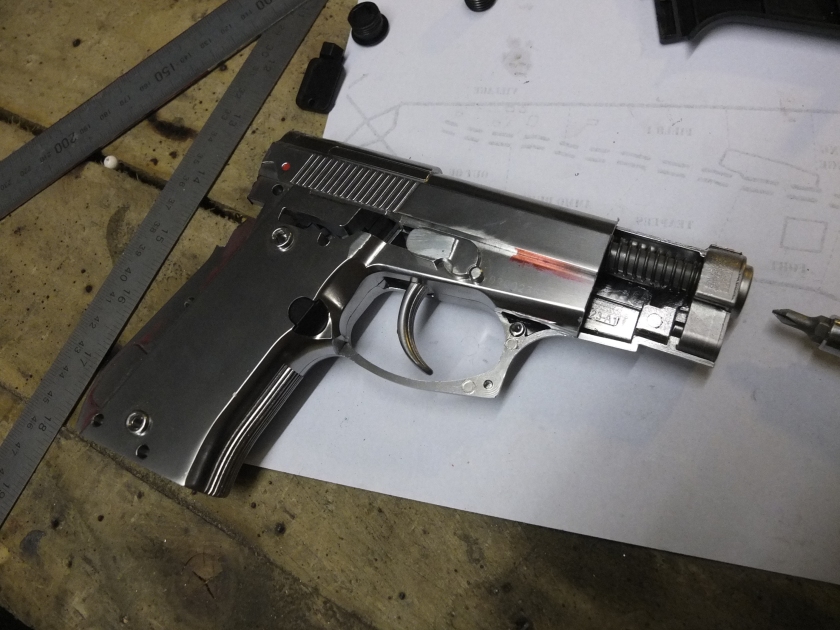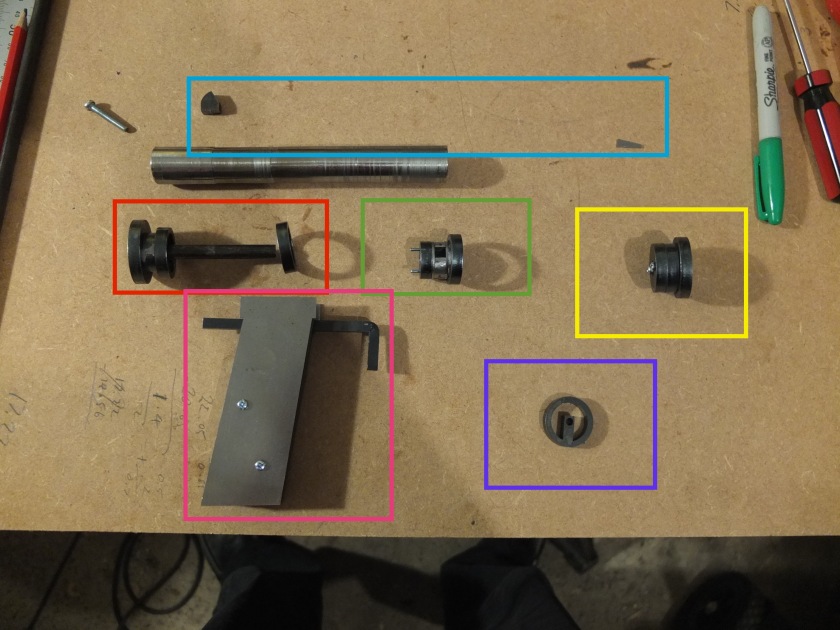A client recently contacted me and asked about the feasibility of building an Airsoft Welrod. This is a project I have wanted to do for some time so I came up with an initial design within three days and have revised it a little since then.
Anyway, a brief history of the Welrod is in order:
Design and Variants
By the Second World War, the science of suppression was pretty established. Suppressors had been made for the Maxim gun and were available for automatic pistols. However, the noise of the action cycling was an issue with suppressed automatic pistols and British clandestine forces (and indeed Resistance movements throughout Europe) required something more discrete.

WWII-era suppressed M1911
The answer came from Major Hugh Reeves of the Special Operations Executive’s Station IX, where a great number of novel inventions came to life. He designed the rather ugly Welrod Model 1. In .32 ACP this design had a few shortcomings:
- Magazines had to be loaded through the ejection port one round at a time
- The pistol grip, though short, made the gun an awkward shape to carry
- The trigger was a thumb-activated push-switch in the left of the gun, meaning that accuracy was impaired through a loss of purchase

Model 1 Welrod
Just to confuse you, there is also a MkI Welrod, which looks a little more like the pistol people recognise today:

Welrod MkI
Featuring a trigger guard for the more conventional trigger and a grip safety, this design had many features that appealed to the end users. It did however still look a bit gun-like, which for secret operations isn’t greatly desirable!
So, a re-design was in order and led to the MkII and MkIIa. This is the Welrod people recognise, it uses the magazine as the grip and is a simple bolt-action using a knurled round grip to operate it rather like the MkI.

Welrod MkI (bottom) compared to Welrod MkII (top).
Due to the removable nature of the grip magazine, this version was significantly easier to hide, the main body of the tube was affectionately named the ‘bicycle pump’ for obvious reasons. When taken apart it could easily hide in a cyclist’s pannier or a plumber’s toolbox and be quite unidentifiable to the untrained eye, made less obvious by the deletion of the trigger guard.
The MkII/a was available in .32ACP and, perhaps more sensibly on the continent, 9mm Parabellum, the standard round of many German submachine guns and handguns.
The nature of the suppressor is also definitely worth a mention here. As well as the usual close-fitting metal rings found in a normal suppressor that eliminate various pitches of sound, the Welrod contained a number of rubber washers with a hole in the centre, just *slightly* smaller than the round that passed through it. This makes the suppressor extremely effective, if a little less accurate! Most Welrods were measured to make about 73db of noise.
Service History
Obviously a weapon designed for secretive use such as this gets little mention in the annals of history. However, there are suggestions that as well as extensive use with the SOE and Resistance movements through Western Europe, a US version saw service with several of their forces in the Far East not only in WWII but also possibly in Vietnam. Some sources suggest that Welrods were used as late as the 1991 Gulf War by British Special Forces, as well as in Ireland and the Falklands.
If any of you are familiar with the stay-behind units of NATO designed to slow down and harry the Soviets in event of war (Gladio teams), Welrods also featured in their weapons caches.
So much of this is of course, somewhat speculative. There are many rumours and tall tales about who was issued these unusual guns, and they add a romance to a story that a suppressed Browning Hi-Power just doesn’t quite carry…
